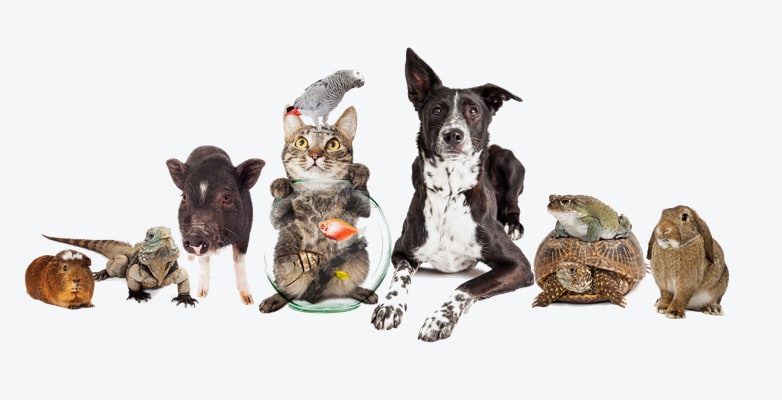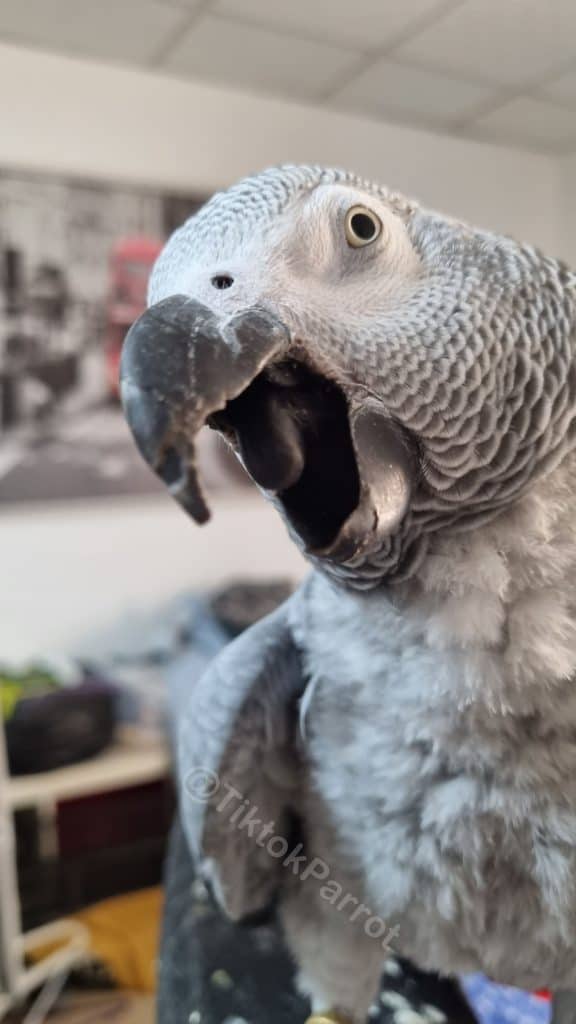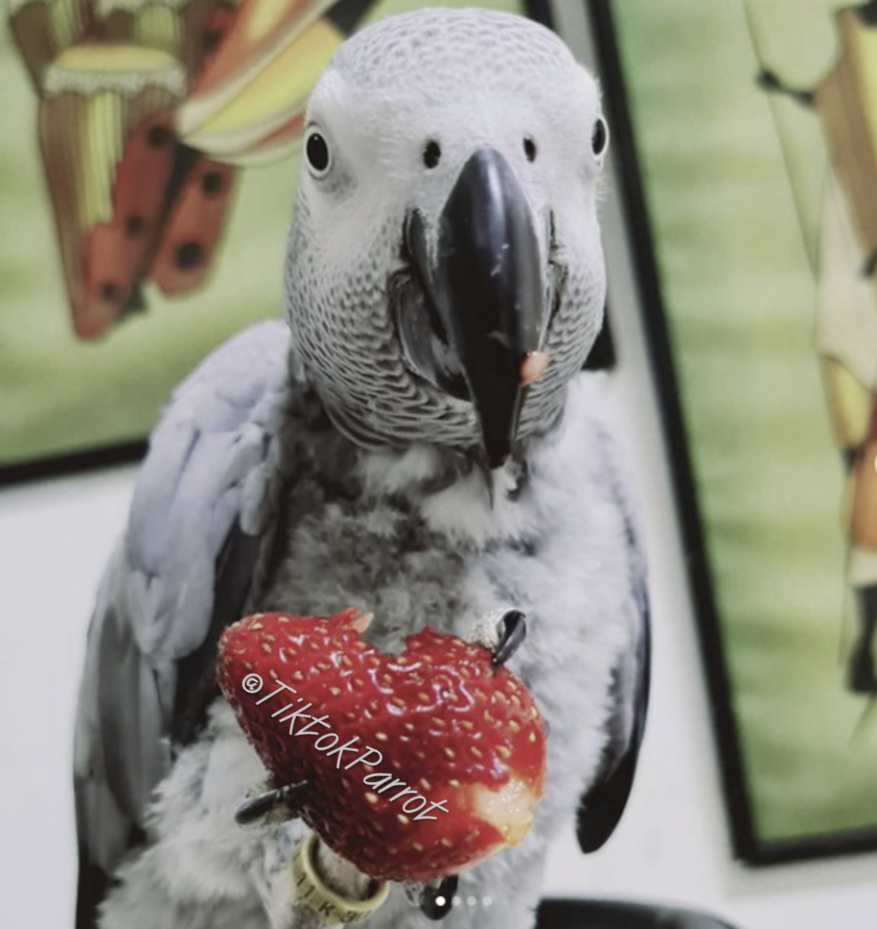Aggression is a natural behavior that is exhibited by many pets in the animal kingdom. It can be exhibited as a response to fear, anxiety, or frustration.
Aggression in pets is a common problem, and it can be difficult to know how to handle it. There are many causes for aggression in pets and there is no one-size-fits-all solution. Sometimes the aggression is due to an underlying medical condition, such as kidney disease or liver disease. Aggression may also be caused by a lack of exercise or poor nutrition.
It can be directed towards members of the same species or even other animals. There are many possible causes for aggression in pets, let’s know first what factors can lead to aggression.
What Factors Lead to Aggression in Pets?
The factors that lead to aggression in pets can vary depending on the species, age, and health of the animal. In some cases, the factors leading to aggression are not always clear. Some animals may be aggressive because of their genetics or because they have been abused by a human in the past.
Pets may show aggression for a variety of reasons. Some animals may be naturally more aggressive than others and some may be genetically predisposed to be aggressive. In addition to genetics, other factors can contribute to aggression in pets including pain or illness, anxiety or fearfulness, lack of exercise/stimulation, or territoriality.
Fearful aggression: When an animal is scared or anxious it may lash out at others to defend itself. This type of aggression usually occurs because the animal feels threatened by their environment or by another animal nearby.
Fear-related aggression happens when an animal is scared and acts out aggressively to protect itself from the fear they are experiencing. This can happen when an animal is startled by sudden loud noises or if they have been startled before and learned to react defensively to those types of situations.
Territorial aggression: Pets will feel territorial over their home and yard if they have been threatened before by intruders. Territorial Aggression is when an animal feels threatened by another animal or person who enters its territory without permission.
Pain-induced aggression: When an animal has pain it will often lash out at those around them to try and get away from the pain. Painful experiences are the second most common cause of aggression in pets. This includes things like being hit by a car or getting into a fight with another animal.
Predatory aggression: Animals may show predatory behaviors when they are hunting for food or protecting themselves from others. Predatory Aggression is when an animal feels threatened by another animal and reacts aggressively.
Unwanted pet behavior: This can include things such as excessive barking, digging, and jumping. Pets can be a great addition to the family and are a lot of fun. However, sometimes they can become aggressive or have other behaviors that make them difficult to handle.
Aggressive behavior is seen as an attempt to control or dominate another animal or person, and it may be triggered by fear, frustration, territoriality, or excitement. It is important to identify what triggers your pet’s aggression so that you can avoid those situations.
Lack of stimulation or exercise: Pets are often not given the same level of stimulation or exercise as humans. This can lead to behavioral problems such as aggression. Pets are often left to their own devices, which can lead to boredom and anxiety. When pets are bored or anxious they are more likely to become aggressive. Exercising your pet is an important part of maintaining a healthy lifestyle for them.
Spay/Neuter Pet: Pets that are not spayed or neutered may also exhibit aggression because they are defending their territory against other animals. Aggressive behavior often occurs when a pet is under the influence of drugs or alcohol.
Frustration or anger: Pets are a huge part of our lives. They make us happy, they help us feel less lonely, and they give us someone to love. But sometimes pets can also cause frustration or anger. Pets can get frustrated or angry if they are not given the attention they deserve. They may develop destructive behaviors to get your attention, such as chewing on furniture, digging up plants, or scratching doors.
There are many reasons for pet frustration or anger such as:
- The pet is not getting enough attention
- The pet is not getting enough exercise
- The owner doesn’t have the time to take care of the pets because of work
- The owner doesn’t have the money to take care of the pets because of financial issues
- The house is too messy for a pet to live in
- There are too many people in the house for a pet to live with them comfortably
- The pet is bored and needs more stimulus in its environment
- The pet is under-stimulated and has too much energy
- The pet is trying to tell you it needs something
Pets are not allowed to roam freely in most households. This lack of stimulation and exercise can lead to aggressive behavior, as I have explained above in detail but below I would like to summarize it in quick words which might be helpful for some readers.
The animal has never been socialized with other animals.
The animal has not learned how to deal with frustration and anxiety.
The animal is being teased by another pet or person.
Unmet needs and behavior problems such as separation anxiety.
Injuries and illnesses.
Painful medical treatments.
Lack of exercise.
Lack of socialization.
Lack of training.
how to Prevent Aggression in Pets
Aggression is a type of behavior that is not acceptable in pets. Aggression in pets is a common problem, and it can be difficult to know how to handle it. As I said above it can be caused by various factors, including fear, territorialism, and frustration.
The first step to preventing aggression in pets is to identify the cause of the aggression. Aggression can be caused by many things: genetics, illness, or environment. If the aggression is due to genetics then there’s not much that can be done about it. However, if it’s due to an illness or environment then some steps can be taken to prevent aggressive behavior from occurring again.
Aggression in pets can be prevented with proper training and discipline. This will allow the pet to learn what is appropriate and what is not. It also teaches the pet to have self-control when faced with a stressful situation.
There are many benefits of letting your pets roam free in your house or outside your house. They get all the necessary stimulation and exercise that they need. It also reduces the chances of them becoming aggressive toward other animals or people around them.
Giving them enough exercise and mental stimulation – Providing them with proper nutrition and veterinary care – Keeping the house clean and free of litter boxes, trash cans, or other animals.
My closing thoughts:
Pets cannot be trained in the same way that children can be trained because their brains work differently than ours. They are more likely to respond to commands if you use a different technique such as using a clicker or food as an incentive for good behavior.
There are many ways that you can prevent aggression in your pet including: obedience training, neutering or spaying your pet, providing plenty of exercise opportunities for your pet and providing enough mental stimulation for them.
Pet owners should take extra care to prevent aggressive behaviors from developing in their pets. It’s important to identify the cause of the animal’s aggression and take steps to eliminate it.
Do not expect so much from your pet to do what makes you happy, not all pets are intelligent same as us. Accept it, love it the way it is 🙂
You can read the Importance of Animal Behavior and Aggression in Pet Care!
If you found this blog helpful, It would be great if you could share it with your family and friends who might find it useful as well.
For more useful content about African Grey parrots, you can subscribe my site with your email to get notification upon publishing a new blog, the subscribe box you can see on the right side of this page. Also if you get an alert on your web browser while browsing my site, allow it and that will also give you an alert whenever I publish a new blog. 🙂
Stay safe and much love !
















